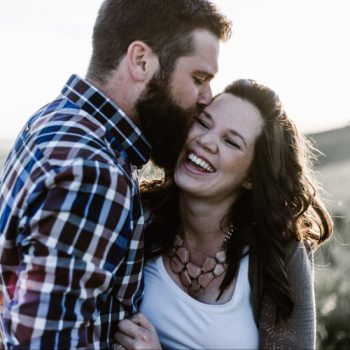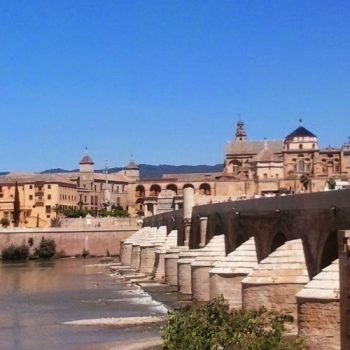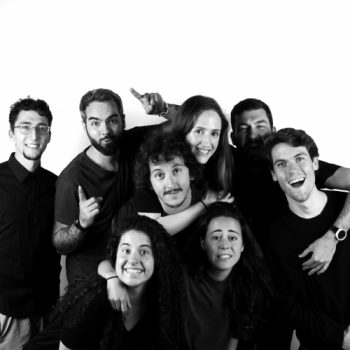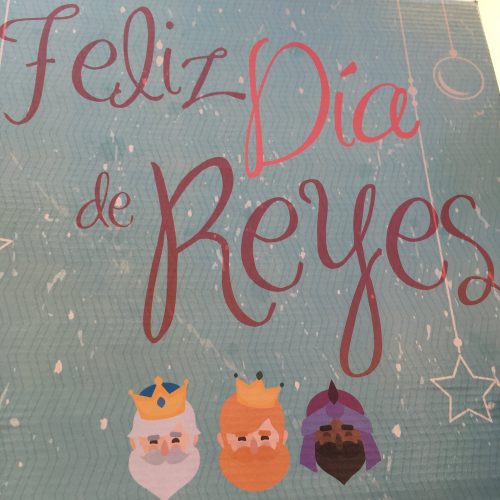
What is el Día de Reyes Magos in Spain
I know we have touched on the Reyes Magos (directly translated as the Magic Kings but what we call the Three Wise Men in English) before, but as today we want to wish you a very happy día de Reyes and dive a little bit deeper into the traditions that are shared on this day.
What is it?
The 6th of January in Spain is a national holiday—and if it falls on a Sunday like it does today in 2019, the day off work and school is often transferred to the Monday. It is a day to celebrate the Epiphany or the day that Christians celebrate the Three Wise Men bringing gifts to Jesus Christ after his birth. Spanish children believe that on the 6th of January the Reyes will also bring them gifts and on the 5th kids set out their shoes for the kings to fill. And, like with kids who behave badly during the year receive coal from Santa, in Spain children will typically also get candy coal if they misbehave during the year (although they can also receive candy coal as an additional small gift).
Note: While we have spoken before about how Spaniards celebrate many Catholic holidays, they are not super Catholic people. See this article for more information.
The Cabalgata
In addition, on the 5th of January in most cities and towns, the local government organizes a parade called the La Cabalgata de Reyes Magos where the Three Wise Men make their presence known. This is a moment for the kids to relate to the Reyes and tell them what they wish for the next day (although it is more and more frequent to see kids writing letters as well and local post offices usually have a box for this letters). Different local organizations also participate in the parade, throwing out candies and other goods, and it is often a lovely way for kids to spend the mornings.
One thing you should know about the parade—that may only be strange to foreigners, but that is getting more notice in the public eye recently—is that there are two Caucasian Reyes and one black Rey. However, instead of finding someone in the community with darker skin or of African descent (which isn’t too difficult in most communities), someone will typically paint his face black and take on this role. While when I first came to Spain almost ten years ago this was still seen as completely normal, people have begun to question the practice.
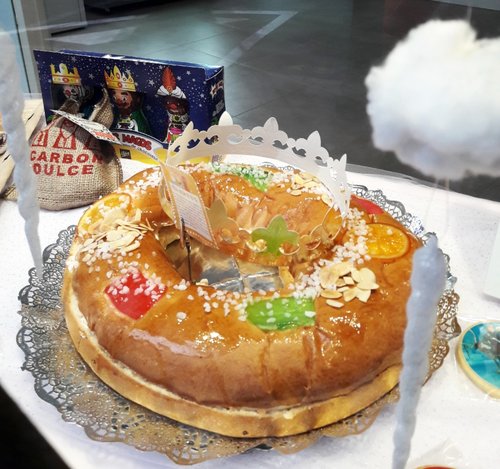 The Roscón
The Roscón
We talked about this earlier during the week (so hopefully you have already picked yours up), but the Roscón de Reyes is a cake shaped in the form of a bagel—or a king’s crown if you are feeling creative—usually filled with some form a whipped cream and topped with dried fruits. This cake is typical during the week leading up to Reyes but not common to see at all during the rest of the year. This cake is a good for breakfast, snacks, or dessert and many Spaniards really enjoy it, so don’t be surprised if you see people buying them before the big day and taking advantage of having them around all week.
One of the most important things to know about the Roscón is that small items will be baked into it, each having different meanings but the most important being the king and the haba or bean. The king means that whoever gets the slice with this figure is ‘king for the day’ whereas whoever gets the haba has to buy the cake for the following year. However, it is also important to note that the different objects may have distinct meanings in the various regions of Spain.
Who participates and how can you join in?
If you are worried about whether or not you should try and participate in this tradition—don’t worry! You absolutely should take part in the activities! I would recommend two different ways of getting involved with this tradition:
-
I would personally recommend checking out the Cabalgata as who doesn’t like a parade that throws out free candy? Also, from the perspective of cultural understanding, it is a great way to see how a country celebrates something that probably isn’t common where you are coming from. And, while this holiday does have religious roots, the cultural roots may now be just as strong as the Catholic ones. So, by checking out how families participate in the Cabalgata is a great way to connect to the city you are in (and every place will have their own nuances in how they celebrate—so make sure you get the insider perspective).
-
Buy a Roscón and share it with someone(s) in your life! Your Spanish friends will probably have family commitments on the 6th of January, but don’t worry about that and get a Roscón de Reyes before or after this date and have people over for an afternoon coffee. Consider asking them about how they tend to celebrate at home to get the scoop on how different people celebrate. Like I said before, people here tend to really like this tradition and it is a great way to begin to understand the cultural importance it has on a place!


